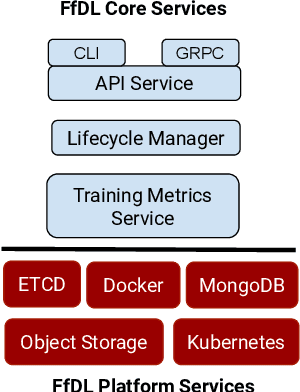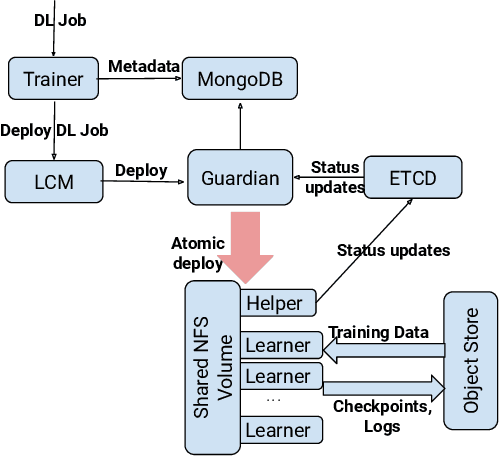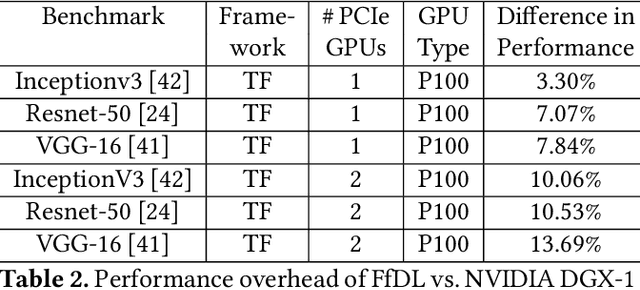Vatche Ishakian
AI Trust in business processes: The need for process-aware explanations
Jan 21, 2020

Abstract:Business processes underpin a large number of enterprise operations including processing loan applications, managing invoices, and insurance claims. There is a large opportunity for infusing AI to reduce cost or provide better customer experience, and the business process management (BPM) literature is rich in machine learning solutions including unsupervised learning to gain insights on clusters of process traces, classification models to predict the outcomes, duration, or paths of partial process traces, extracting business process from documents, and models to recommend how to optimize a business process or navigate decision points. More recently, deep learning models including those from the NLP domain have been applied to process predictions. Unfortunately, very little of these innovations have been applied and adopted by enterprise companies. We assert that a large reason for the lack of adoption of AI models in BPM is that business users are risk-averse and do not implicitly trust AI models. There has, unfortunately, been little attention paid to explaining model predictions to business users with process context. We challenge the BPM community to build on the AI interpretability literature, and the AI Trust community to understand
FfDL : A Flexible Multi-tenant Deep Learning Platform
Sep 14, 2019



Abstract:Deep learning (DL) is becoming increasingly popular in several application domains and has made several new application features involving computer vision, speech recognition and synthesis, self-driving automobiles, drug design, etc. feasible and accurate. As a result, large scale on-premise and cloud-hosted deep learning platforms have become essential infrastructure in many organizations. These systems accept, schedule, manage and execute DL training jobs at scale. This paper describes the design, implementation and our experiences with FfDL, a DL platform used at IBM. We describe how our design balances dependability with scalability, elasticity, flexibility and efficiency. We examine FfDL qualitatively through a retrospective look at the lessons learned from building, operating, and supporting FfDL; and quantitatively through a detailed empirical evaluation of FfDL, including the overheads introduced by the platform for various deep learning models, the load and performance observed in a real case study using FfDL within our organization, the frequency of various faults observed including unanticipated faults, and experiments demonstrating the benefits of various scheduling policies. FfDL has been open-sourced.
 Add to Chrome
Add to Chrome Add to Firefox
Add to Firefox Add to Edge
Add to Edge